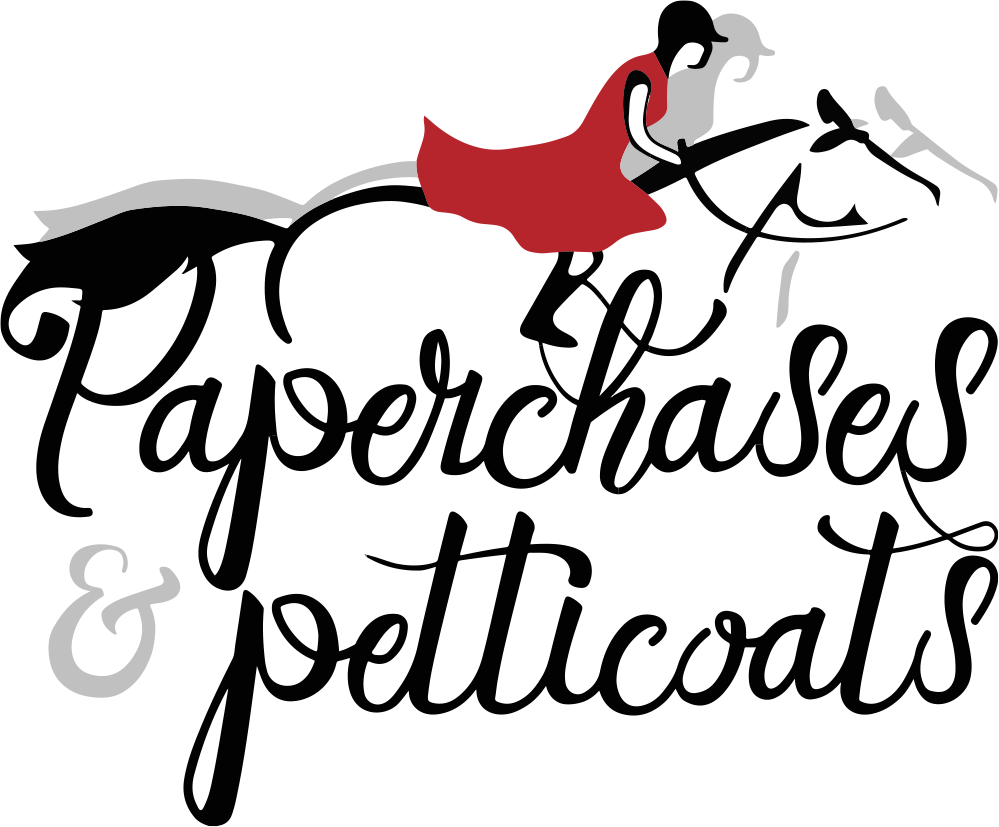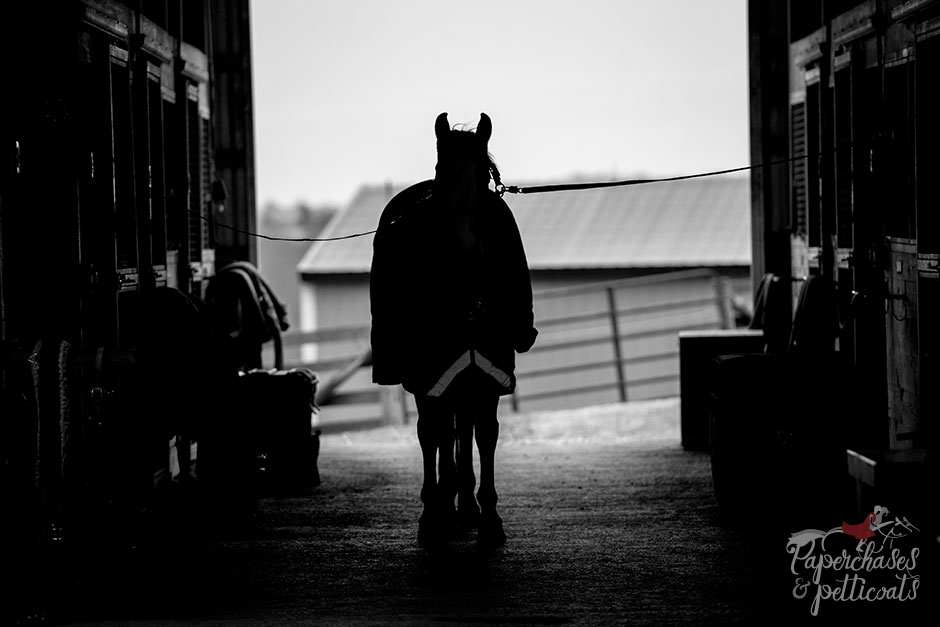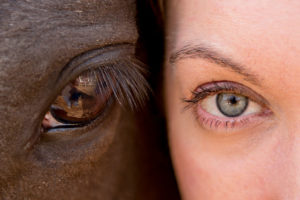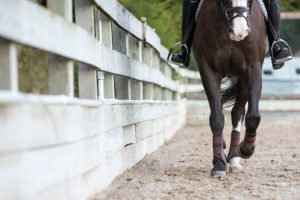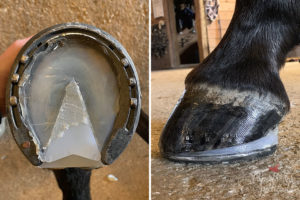Here’s the truth about boarding your horse: the perfect barn doesn’t exist. I realized this almost immediately during a recent search for a new boarding barn. After being at the same facility for more than 6 years, I grew accustomed to a certain lifestyle for both Dexter and me. Everything on my “must-have” list seemed like a priority, which made it tough to figure out where to begin.
Moving Dexter felt overwhelming, but the search for a new boarding barn became manageable after I learned to prioritize effectively. Here’s how I cut things down to size:
Step 1: Focus on 3 factors that can’t be easily changed
Think about the things that you can’t compromise on. Exactly what those factors are will be different for everyone, but these were my top priorities in choosing a new barn:
- Location, location, location. For 10+ years I commuted an hour or more to work and spent half my life in a car. Having spread myself too thin, I was starting to feel frustration at my lack of riding progress. Therefore, it was especially important that I find a barn close enough to my new house that afforded me the ability to easily visit Dexter without having to schedule a big chunk of time.
- Turnout time. Due to Dexter’s recent soft tissue injury, I needed to find a barn that not only offered plenty of daily turnout to keep his mind sane and body flexible, but one that also included a setup which didn’t encourage running as I continue to rebuild his strength.
- Consistent footing. For the most part, the type of footing did not matter to me so long as it was not too thin, deep or slippery. Don’t assume all rubber mixes are soft–I toured a few barns where the footing felt like cement. If there wasn’t enough give when walking on it myself, it wasn’t good enough for Dexter. I was also concerned about the frequency in which the rings were dragged to help give Dexter the best chance at traveling on even footing.
Step 2: Build the ultimate boarding barn spreadsheet
Once I had my list of top priorities, I tracked and compared all the details that go into boarding, like:
- Board rate
- Barn hours
- Driving distance from my home
- Driving distance from my farrier
- Farm vet
- Stall size
- Feed type
- Number of times hay is given per day
- Turnout conditions
- Frequency
- Group size
- Water source
- Shelter
- Hay over winter
- Fencing quality
- Riding arenas
- Indoor arena footing
- Outdoor arena footing
- Outdoor arena lights
- Storage space
- Trailer parking – I have my own two-horse bumper pull and no space at my house
- Space
- Fee
- Training on site
Step 3: Consider your goals as a horse owner or rider
Your goals should be the overriding theme of your boarding barn decision-making process. I’m not talking about the goals designed to meet the expectations of others–I’m talking about the personal goals (large or small) you’ve set as a horse owner or rider that a particular barn atmosphere could help foster. For myself, I wanted to find a barn that could help me get back into jumping while also allowing me to cross train in dressage.
With some careful forethought and consideration, you can find a new boarding barn that will happily, comfortably, and confidently become your horse’s new home and a place you like to frequent.
Are you planning to move your horse to a new barn? What were your most important considerations? I’d love to hear about them!
